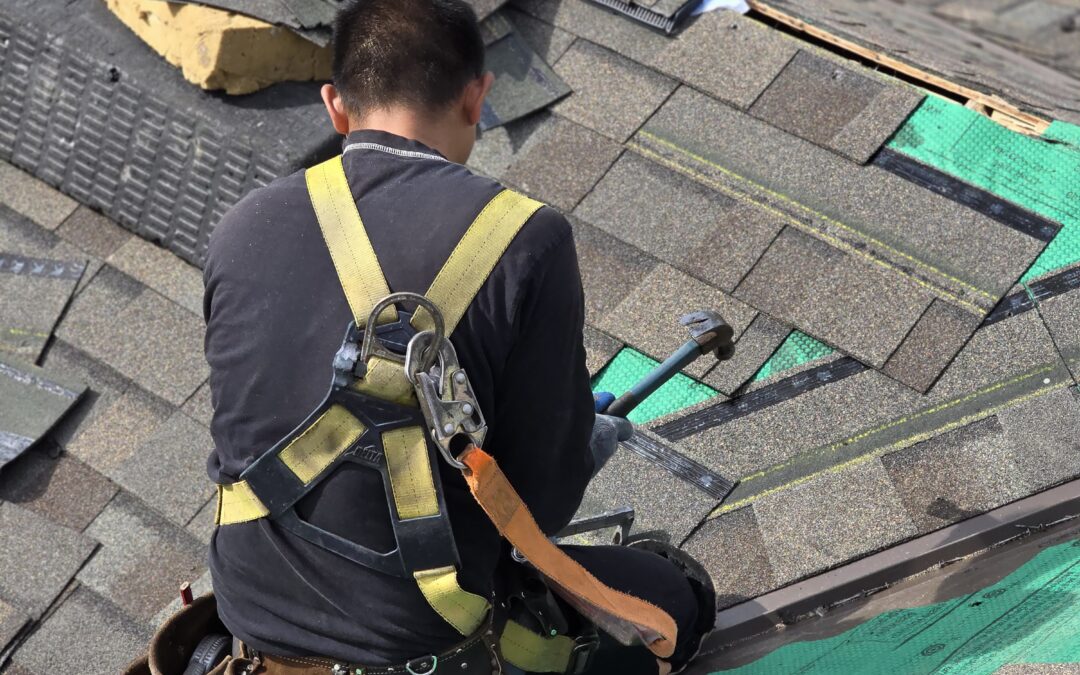Roof leaks can turn into costly headaches if you don’t catch them early. But how do you spot the warning signs before it’s too late? Knowing the potential problem areas on your roof is key to effective roof repairs. In this guide, we’ll walk you through 7 essential ways to spot areas likely to cause roof leakage. From stained ceilings to damaged shingles, these tips will help you stay one step ahead of leaks. So, let’s dive in and protect your home from unwanted water damage!
Why Roof Leaks Occur
Roof leaks can happen for several reasons, and understanding these causes can help you tackle them early with effective roof repairs. The most common reasons include aging materials, poor installation, weather damage, and lack of regular maintenance. For instance, heavy rain, snow, or hail can weaken your roof’s structure over time, leading to potential roof leakage.
Age is another major factor. As roofs get older, shingles and other materials wear down, making them more likely to develop leaks. In fact, according to RubyHomes, 33% of homeowners replace their roofs due to leaking. This high percentage shows how critical it is to address leaks promptly. Additionally, as buildings age, there is a constant need for new roofs, with about 5 million new roofs installed each year in the U.S. 85% of the roofing business is focused on replacing roofs on existing homes, underscoring the importance of dealing with roof leaking issues quickly.
By knowing why leaks occur, you’re one step closer to spotting them before they cause major damage. Now, let’s dive into the 7 essential ways you can identify potential leak areas on your roof and take action before they require extensive roof repairs. Starting with one of the most obvious signs…
- Stains and Discoloration on Ceilings
Have you ever noticed odd brown or yellowish stains on your ceiling? If so, it’s a sign that your roof might be leaking. Water often finds its way through the roof and leaves behind these telltale marks, which can start small but quickly worsen if left unchecked. When you see these stains, it’s usually time to consider roof repairs.
Even if the stains seem minor, they shouldn’t be ignored. They could mean that water is seeping through cracks or damaged shingles, making it essential to address the roof leakage before it gets out of hand. The faster you spot and fix the problem, the less likely it is to cause major damage. So, don’t wait—if you see those spots, it’s a good idea to check for other signs of roof leaking.
- Damaged or Missing Shingles
If you spot damaged or missing shingles on your roof, it’s a major red flag for potential roof leakage. Shingles are your roof’s first line of defense against wind, rain, and other elements. When they’re cracked, curled, or missing entirely, water can seep through and cause problems. That’s why regular roof repairs are crucial to keeping shingles in good shape.
Inspect your roof closely, especially after storms or strong winds, as these conditions often lead to roof leaking. Even just a few missing shingles can increase the likelihood of leaks over time. Catching this early can mean a simple roof leak fix instead of a major repair later. So, if you notice shingles looking worse for wear, it’s best to get them repaired or replaced right away.
- Clogged Gutters
Clogged gutters might not seem like an obvious cause of roof leakage, but they play a significant role. When gutters get filled with twigs, leaves, or other debris, they can’t channel water away from your roof properly. This water can then overflow and start seeping under shingles, potentially causing leaks.
Think of gutters as your roof’s drainage system—when it’s blocked, everything backs up. This increases the chance of roof leaking, especially during heavy rain. Regularly checking and cleaning your gutters can prevent this and save you from unnecessary roof repairs. So, if you spot water spilling over the sides or pooling around the foundation, it’s a clear sign to address the problem before it escalates.
- Roof Valleys and Flashings
Roof valleys and flashings are some of the most leak-prone areas on a roof. Valleys form where two roof slopes come together, guiding rainwater along their path. If the materials here become damaged or worn, it’s easy for water to sneak in, leading to roof leakage. Flashings, the metal pieces around chimneys, vents, or skylights, are meant to seal these areas. But if they crack, rust, or come loose, water can seep in.
Since these areas handle a lot of water flow, even small issues can quickly turn into bigger problems. Regularly inspecting and maintaining valleys and flashings is essential for preventing leaks. Spotting these issues early means fewer roof repairs and less risk of a major roof leak fix later. If you see signs of wear, it’s best to act fast and address the damage before water finds its way inside.
- Chimneys and Skylights
While chimneys and skylights enhance a home’s appearance, they can also be frequent trouble spots for roof leaks. Over time, the seals around these structures can wear down or crack, allowing water to seep in. This is especially true after heavy rain or snow, where even minor gaps can let moisture enter your home.
When checking your roof for leaks, pay special attention to these areas. Look for signs like loose flashing, gaps, or water stains around the chimney or skylight. If left unchecked, these issues can require significant roof repairs. In the case of chimneys, knowing the type of material and regular maintenance needed is crucial. You can learn more about different types of chimneys and how to maintain them in this guide: 5 Common Types of Chimneys: Material, Advantage, Maintenance, and Uses.
By inspecting these areas regularly and fixing any small problems early, you can prevent a more costly roof leak fix down the line. Don’t wait for a major roof leaking issue—stay proactive!
- Roof Vents and Pipes
Roof vents and pipes help your home breathe, but they can also be weak spots for roof leaks. As the seals around them age, they can crack or come loose, making it easy for water to sneak in.
Next time you’re checking your roof, take a closer look at these areas. Are the seals still tight? Is there any rust or moisture around the base? These could be early signs of a roof leakage. Fixing these issues quickly can be a simple roof leak fix and help you avoid bigger roof repairs later. Remember, a little attention now can save you from a major roof leaking problem down the road.
- Regular Roof Inspections
One of the best ways to prevent roof leakage is by performing regular roof inspections. Taking the time to check your roof at least twice a year can help you catch small problems before they turn into major issues. Look for things like damaged shingles, cracked seals around vents and pipes, clogged gutters, or loose flashings—these are all early signs that roof repairs may be needed.
It’s also a good idea to inspect your roof after severe weather, such as storms or heavy winds, as these can cause unseen damage. Regular inspections give you the chance to spot potential leaks early and tackle them with a simple roof leak fix before they get worse. By staying proactive, you can avoid the headache and expense of dealing with bigger roof leaking problems down the line.
If you’re unsure what to look for, consider hiring a professional to inspect your roof. Their trained eyes can spot issues that might go unnoticed and help keep your roof in good condition for years to come.

Final thoughts on Roof Repairs
Roof leaks can cause a lot of trouble if they’re not addressed early, but by knowing where to look, you can stay ahead of the problem. From checking for stains on your ceiling to inspecting shingles, gutters, vents, and flashings, these 7 essential ways will help you spot potential roof leakage before it leads to costly roof repairs. Regular roof inspections are essential for spotting minor concerns before they become big problems.
If you notice any signs of leaks, don’t wait. A quick roof leak fix now can save you from expensive repairs later. Take action and keep your home protected. And if you’re not sure what to look for, it’s always a good idea to reach out to a professional for a thorough inspection.

